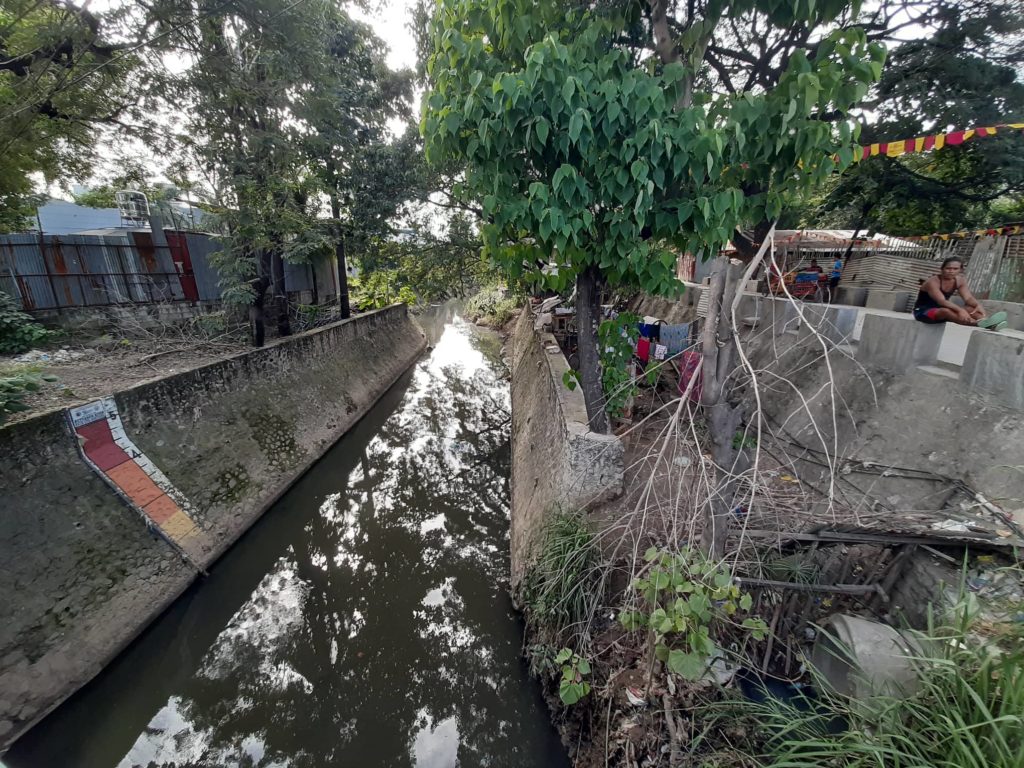Capitol tells LGUs: Find unvaccinated children; clean up rivers to prevent polio
Vaccination rate in Cebu province remains low at only 56 percent in 2019

Mandaue City Mayor Jonas Cortes has announced that the Butuanon River and 2 other rivers traversing the city will be off limits to the general public amid tests showing that the river has poliovirus.| Morexette Marie B. Erram
CEBU CITY, Philippines — The Cebu Provincial Health Office (PHO)has called on the rural health units in the province to conduct an inventory of the children in their localities who did not receive their anti-polio vaccine in 2019.
Provincial Health Officer Dr. Christina Giango said the vaccination accomplishment rate in the province, including the oral and injectable polio vaccines, remains low at only 56 percent in 2019.
Giango, in an interview on Wednesday, February 19, said the drop in vaccination rate started in 2017 following the Dengvaxia scare.
The PHO targeted to immunize 74,015 children in 2019 but only 41,883 availed of the oral polio vaccine while 37,128 received the injectable vaccine.
The oral polio vaccine comes in three doses that are supposed to be given to infants below one year old. The injectable vaccine , meanwhile, is scheduled to be given with the third dose of the oral vaccine.
In 2018, the accomplishment rate for the oral vaccine was at 67 percent, or 56,992 infants out of their 84,147 target.
Aside from vaccination, Governor Gwendolyn Garcia said that Cebuanos should maintain a clean environment to protect themselves from contracting the viral disease.
Garcia also called on local chief executives to ensure the cleanliness of the rivers and tributaries within their jurisdiction to prevent infections that are products of poor sanitation.
The Department of Health (DOH) recently announced that the Butuanon River, which traverses through the cities of Cebu and Mandaue, tested positive for poliovirus contamination.
“Kining mga rivers, which are carriers kay mao man nay magdagan nga mo-span og (These rivers, which are carriers as they traverse through) such wide areas, we are encouraging and we are calling on our local chief executives to see to it that rivers and tributaries within their local government units be kept clean and free of debris and trash, even as we also encourage the cleanup of all slopes and riverbanks,” Garcia said in a press conference on Wednesday.
Garcia explained that the presence of residents along riverbanks are also contributory to the contamination of the river systems.
“Riverbanks and slopes are no places for habitation. They are, in fact, considered as high risk areas. This is why I am sure that the mayors who are very active in their own local disaster risk reduction and management operations are also focusing on that — to transfer those who are occupying in their high risk areas,” Garcia added./elb
Disclaimer: The comments uploaded on this site do not necessarily represent or reflect the views of management and owner of Cebudailynews. We reserve the right to exclude comments that we deem to be inconsistent with our editorial standards.
